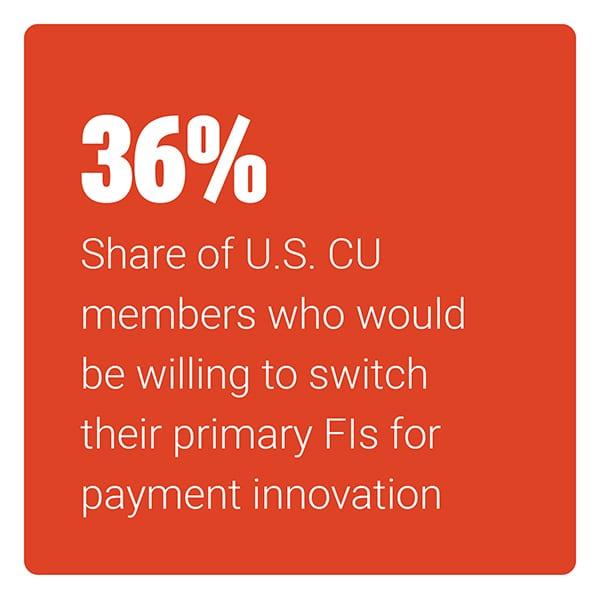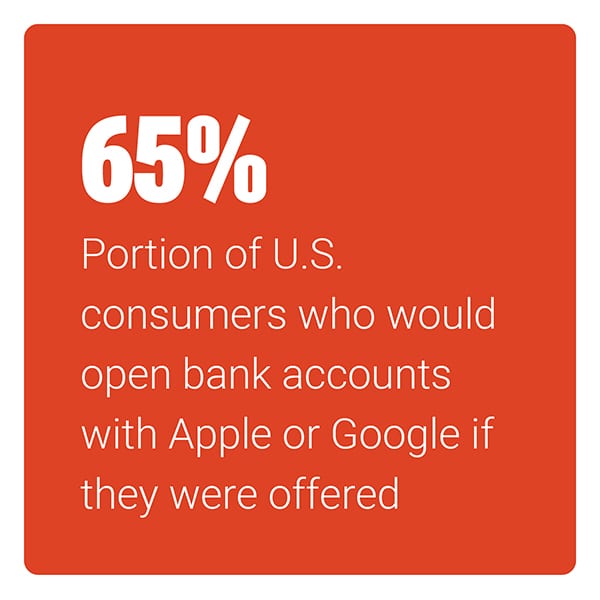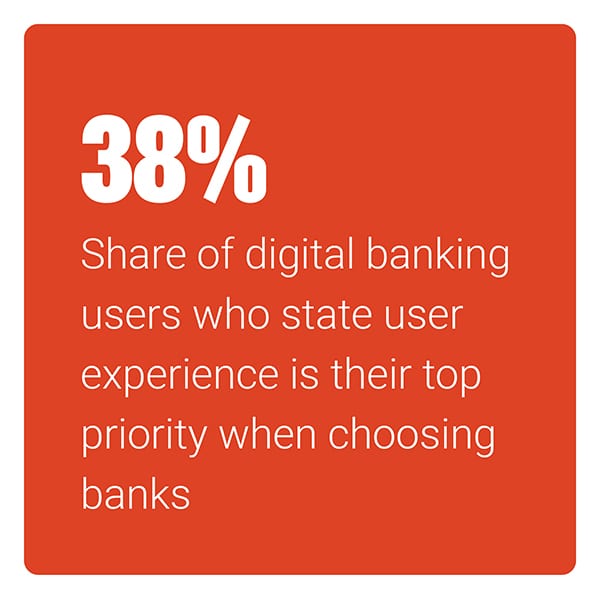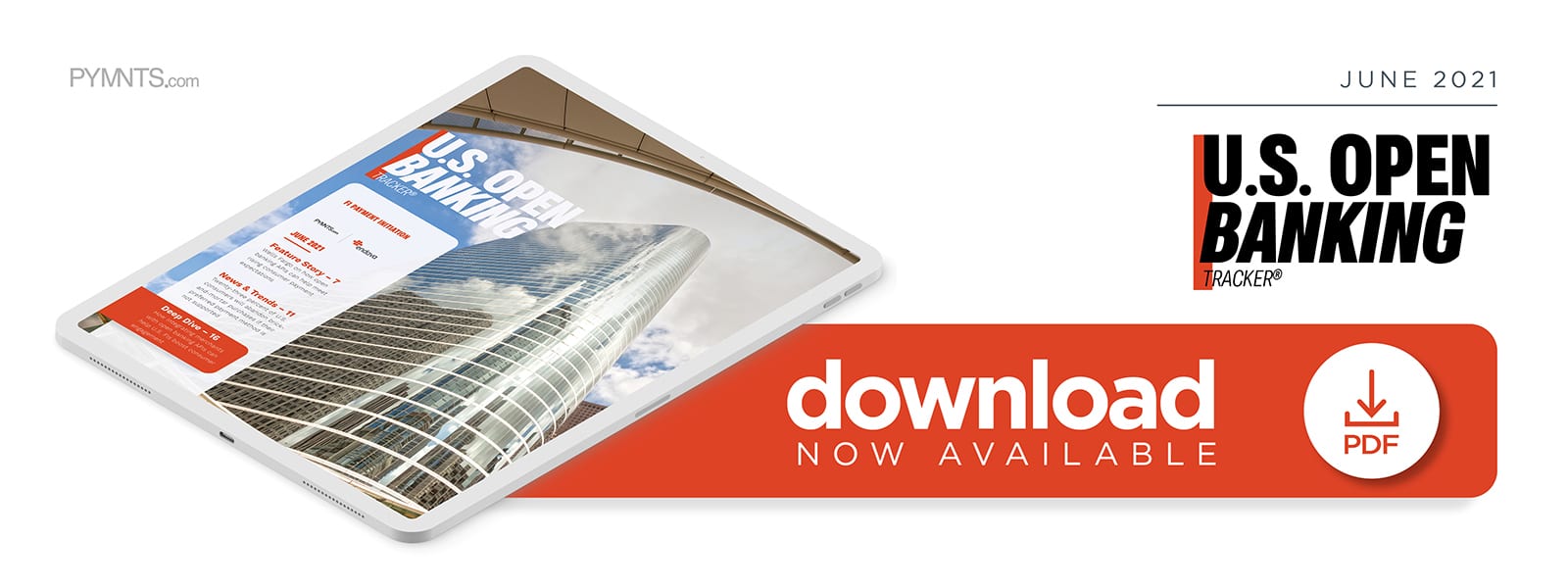Report: Merchants See Open Banking As Path To Personalizing Consumer Experiences

Financial institutions (FIs), FinTechs and merchants alike are all seeking out technologies that could help them engage and retain consumers’ loyalty in a world where seamless and swift digital experiences are expected more often. A rising number of United States consumers are turning online first when interacting with their FIs or favored merchants, with 41 percent now considering themselves digital-only customers, for that matter.
Matching digital-first users’ expectations for convenience and speed is becoming more critical as online banking and commerce becomes the norm for more consumers. This is prompting a rise in interest in open banking technologies such as application programming interfaces (APIs) that can forge connections between businesses, banks and third-party FinTechs. APIs enable payments and financial data to be shared directly between relevant parties, allowing FIs and merchants to offer more seamless payments and for consumers to keep track of transactions all in one place.
In the latest U.S. Opening Banking Tracker®, PYMNTS examines how tapping APIs to develop direct connections between merchants and consumers can help both FIs and businesses retain consumers and build loyalty. It will also analyze why developing comprehensive consumer experiences is becoming crucial to keeping consumers engaged and why open banking is set to take an expanding role here.
to develop direct connections between merchants and consumers can help both FIs and businesses retain consumers and build loyalty. It will also analyze why developing comprehensive consumer experiences is becoming crucial to keeping consumers engaged and why open banking is set to take an expanding role here.
Around The Open Banking Space
FinTechs are also among those turning to APIs to create more well-rounded experiences for clients and consumers. FinTech Plaid recently announced it would be migrating to Capital One’s API to create an open finance partnership, for example — which will enable Capital One customers to access banking data from other institutions and third-party apps also connected to Plaid. This would enable banking customers to utilize peer-to-peer (P2P) payment apps as well as investing services such as Robinhood with more seamlessness, for example. The move comes after the FinTech announced similar partnerships with other FIs for the same purpose, including Wells Fargo and U.S. Bank.
Consumers appear to be putting a higher value on such connected experiences, for that matter. One recent study found 38 percent of digital-first banking customers now consider the user experience as the most important factor when they go to choose new FIs, for example. This indicates individuals are seeking out comprehensive and personalized experiences when interacting with their FIs, meaning offering features that create such qualities is essential for banks. This is also becoming key as more consumers turn to digital channels first and foremost to meet their financial needs, and as wealth shifts to younger, digitally-native generations like millennials and Generation Z. These two generations will collectively manage $30 trillion in wealth by the end of the decade, meaning retaining their loyalty now should be a top focus for banks.
Ensuring these connections are kept secure from fraudsters is also essential for ba nks and merchants looking to tap open banking technologies to create the personalization growing so crucial to consumers. Being able to distinguish between legitimate customers and cybercriminals is important for FIs and businesses as open banking only accelerates the speed that data and payments are sent through online channels. This is something that remains convenient for the parties involved but also makes it much more difficult for funds or private information to be recovered should they fall into the hands of bad actors. Incorporating strong dispute and refund mechanisms as well as biometric technologies is one way that firms could create more comprehensive digital identities for consumers, making it easier to distinguish between legitimate users and fraudsters.
nks and merchants looking to tap open banking technologies to create the personalization growing so crucial to consumers. Being able to distinguish between legitimate customers and cybercriminals is important for FIs and businesses as open banking only accelerates the speed that data and payments are sent through online channels. This is something that remains convenient for the parties involved but also makes it much more difficult for funds or private information to be recovered should they fall into the hands of bad actors. Incorporating strong dispute and refund mechanisms as well as biometric technologies is one way that firms could create more comprehensive digital identities for consumers, making it easier to distinguish between legitimate users and fraudsters.
For more on these and other stories, visit the Tracker’s News & Trends.
Wells Fargo Explains How APIs Can Help Merchants Meet Consumers’ Payment Expectations
eCommerce and digital payment methods have been steadily expanding in adoption and quickly became the norm for a larger collection of consumers after the events of the past year. Merchants must therefore work swiftly to ensure they are able to meet consumers where they already are, supporting a variety of payment methods and tools that can help them meet consumers’ digital-first expectations. Utilizing APIs that allow merchants, banks and other relevant parties to share money and data between them can help create the seamlessness and speed customers are expecting, explained Imran Haider, head of open banking at Wells Fargo. To learn more about why tapping APIs and related open banking technologies can enable merchants to meet consumers’ shifting expectations, visit the Tracker’s Feature Story.
Deep Dive: How Connecting Merchants With APIs can Help U.S. FIs Create Comprehensive Consumer Payment Experiences
Retaining consumers’ loyalty has always been a top priority for both banks and merchants, and ensuring payments can run as smoothly and as seamlessly as possible is a key component of doing so successfully. Consumers are also expecting swifter, more personalized payment experiences than ever since the events of the past year, making it important for both merchants and their banking partners to support flexible payment options that hold customers’ attention. To learn more about how connecting merchants to API-supported open banking platforms can help them offer seamless, engaging payment experiences to their customers, visit the Tracker’s Deep Dive.
merchants, and ensuring payments can run as smoothly and as seamlessly as possible is a key component of doing so successfully. Consumers are also expecting swifter, more personalized payment experiences than ever since the events of the past year, making it important for both merchants and their banking partners to support flexible payment options that hold customers’ attention. To learn more about how connecting merchants to API-supported open banking platforms can help them offer seamless, engaging payment experiences to their customers, visit the Tracker’s Deep Dive.
About the Tracker
The U.S. Open Banking Tracker®, a PYMNTS and Endava collaboration, examines how open banking developments are affecting U.S. retail payment trends and future developments.

